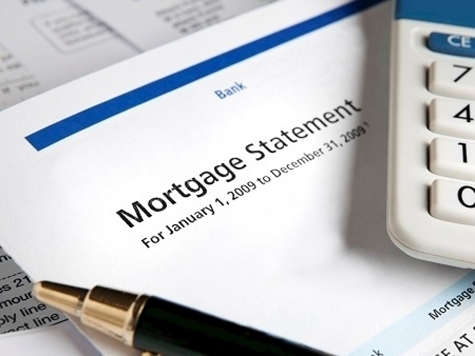Section 10-4: The Monthly Payment
Section 10-4: The Monthly Payment
Overview

 The principal mortgage payment is the portion of the monthly mortgage payment that goes toward reducing the outstanding balance of the loan, specifically paying down the loan amount borrowed. It does not include the interest portion of the payment or any other fees or charges associated with the loan.
The principal mortgage payment is the portion of the monthly mortgage payment that goes toward reducing the outstanding balance of the loan, specifically paying down the loan amount borrowed. It does not include the interest portion of the payment or any other fees or charges associated with the loan.
In a typical amortizing mortgage, the portion of the monthly payment that goes toward principal increases over time while the portion that goes toward interest decreases. This is because, with each payment, the outstanding balance of the loan decreases, leading to less interest being charged on the remaining balance.
To calculate the principal mortgage payment for a specific month, you can subtract the interest portion of the payment from the total monthly payment. Using the same example as before:
Monthly payment () = $1013.37 (as calculated previously)
Let's calculate the principal portion for the first month of the loan. To do this, we need to find out the interest portion for the first month's payment:
Interest for the first month = Outstanding loan balance × Monthly interest rate
Outstanding loan balance = Principal loan amount = $200,000
Monthly interest rate (r) = 0.00375 (as calculated previously)
Interest for the first month = $200,000 × 0.00375 ≈ $750
Now, we can calculate the principal portion for the first month's payment:
Principal portion for the first month = Total monthly payment - Interest for the first month
Principal portion for the first month = $1013.37 - $750 ≈ $263.37
So, for the first month of the loan, approximately $263.37 of the monthly payment goes toward reducing the principal balance of the mortgage.
Online Textbook Read Section 10-4: (The Monthly Payment)
